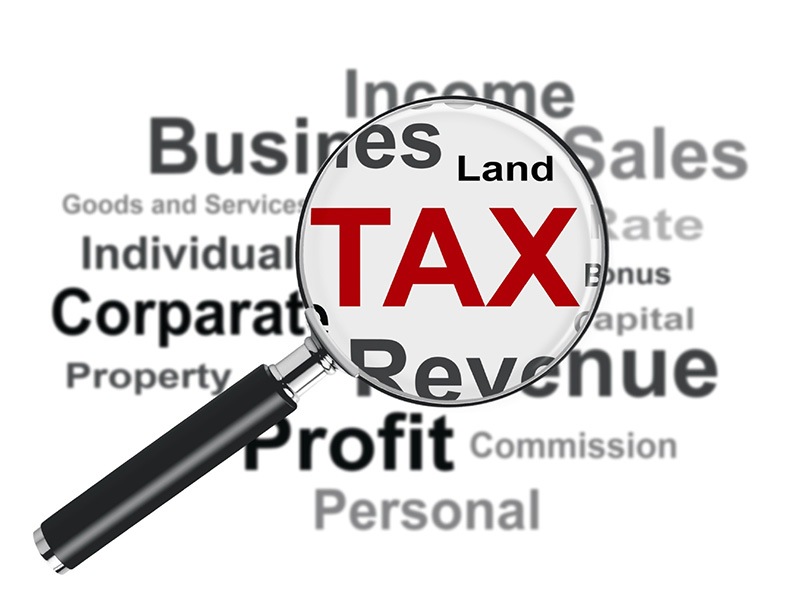
The Australian Taxation Office (ATO) is about to start holding a magnifying glass up to Australian shareholders, on the back of concerns that mistakes on their tax returns are rampant.
The ATO will examine details around the price, quantity and timing of individual trades as far back as 2014.
“Almost one third of all Australian adults own shares, and there is evidence that some taxpayers are getting it wrong when it comes to reporting their capital gains or losses from the sale of shares,” assistant commissioner Kath Anderson explained.
“In particular, we tend to see higher rates of error among those who don’t regularly trade in shares and who are not aware of the tax implications.”
The ATO will use enhanced data matching technology to identify taxpayers who haven’t properly reported the sae or transfer of shares as either income or capital gains.
The ATO says that having access to increased data will help them protect honest taxpayers, by detecting those who have not done the right thing. This helps ensure a level playing field for all.”
But, there are some things investors can do to stay in the ATO’s good books, here are some of them.
- Register your tax file number with the company at the time of purchase
As companies are required to report to the ATO annually, the ATO will automatically have your dividend income at tax time, making it easier for shareholders to file their tax returns.
- Talk to your accountant
Shareholders don’t need to wait until tax-time to let their accountant know they’ve sold investments. If you talk to your accountant regularly, they should be able to save the information and refer to it as the tax deadline looms.
- Keep records!
Investors should keep records of their share purchases and disposals for five years after they dispose of them.
- Think about building an Investment Register
It sounds daunting, but this could be as simple as an excel file detailing:
- The date of purchase;
b. The purchase price;
c. Any brokerage fees paid;
d. The number of shares or units purchased;
e. The date of sale;
f. Sale price; and
g. The number of shares or units sold.
Investors could also set up a separate file in their email to save all their purchase and sale documents in the one spot. Dropbox and Google Drive are also handy, as investors can easily share them with their accountant.
- Ask your accountant if they already have this information
Your accountant might already have an Investment Register.
- Involve your financial planner
If you have a financial planner, you could ask them to share the details of your investment portfolio with your accountant at tax-time.
